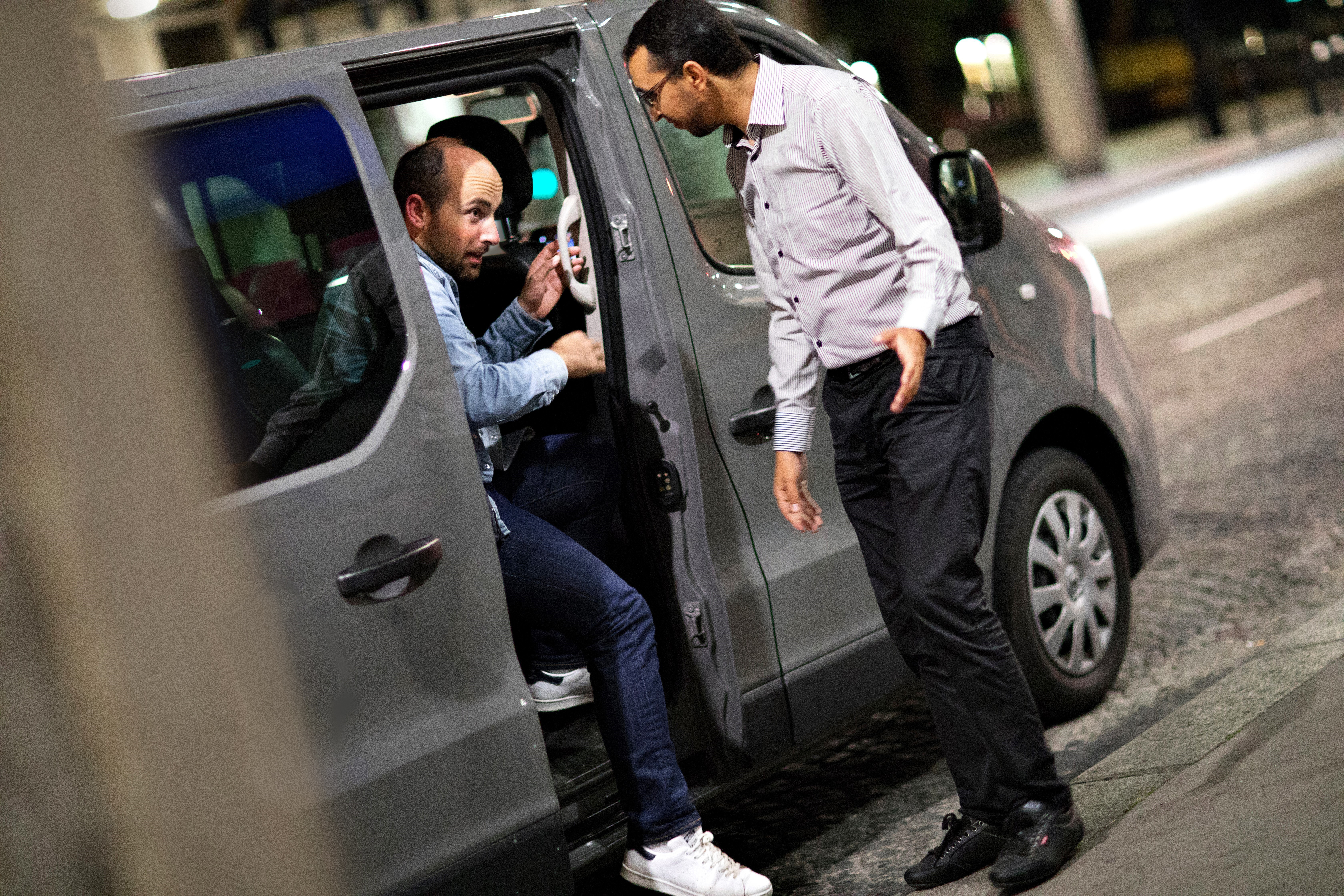Recent research reveals important discoveries about the mindset of passengers as they make mobility decisions. Former CEO of Transdev North America, Yann Leriche, wrote a white paper summarizing the research on how riders choose between transit and Uber or Lyft.
We in transit face a paradox. While transit is less expensive than Uber or Lyft, many riders perceive that it “costs too much” in terms of their time, convenience and comfort. Our industry can address this and improve the passenger experience at every step to truly make transit more appealing. This is our path to reducing ridership declines and being more competitive.
Read the Complete White Paper
How Passengers Choose Uber or Lyft versus Transit.
We in public transportation can learn a lot about the passenger mindset from recent research.
Key findings follow.
1.
Transit riders negatively view waiting time and access time (walking to the bus stop). In fact they view it twice as negatively as time spent in the vehicle.
2.
Riders are highly sensitive to the quality of the service, and the comfort and ease of the overall experience. This is true in all modes.
3.
Riders would not choose Uber/Lyft if saving time was the only benefit. In fact, they are willing to pay a premium for the comfort, convenience and predictability of the experience. This shows us how important the passenger experience is. (Source)
4.
Riders place a higher value on trips where they can be productive on board. 60% of transit riders say they use their phones “all the time” while on transit, so reliable Wi-Fi matters to them. (Source)
5.
The quality of local transit matters in riders’ decisions. If they perceive that the quality of their local transit is unfavorable or a hassle, they are 5 times more likely to choose Uber or Lyft. (Source)



What We Believe
Transit is vital for vibrant, efficient, equitable and sustainable cities. So we must make it as attractive as possible – and offer a best in class experience to riders.
1.
Embracing the passenger point of view and executing proven programs to improve every aspect of the passenger experience are key priorities.
2.
Riders value technology that makes their experience more convenient, such real-time bus arrival info, mobile ticketing, reliable trip planners, Wi-Fi on board, immediate service alerts, and eventually MaaS.
3.
A concerted focus on improving the passenger experience takes discipline and commitment, but this can change the dynamics of transit in a city.
The good news is that a recent survey of U.S. Transit Leaders shows they are committed to improve. However, rigorously auditing & improving every step of the passenger experience, across all modes, is a continuous process.
98%
of U.S. transit leaders consider passenger experience to be a major priority in the next three years. (Source)
60%
of riders want WiFi because they use their phones “all the time” while on transit. (Source)
74%
of transit leaders in
the U.S. see MaaS as
significant opportunity
for the future. (Source)
What Can Be Done: 5 Key Steps
Based on our decades of experience operating transit around the world, we have a proven process to audit the passenger experience and prioritize improvements. We call our program T.ex (Transdev Customer Experience) and we are executing it with multiple clients in the U.S. and around the world.
Here are key steps for auditing and improving how passengers experience your transit system:
1.
Develop customized “personas” (rider segments or types) based on data.
2.
Map each step of the customer journey from the point of view of each rider type.
3.
Assess the gap between expectations and experience at each physical and digital touchpoint.
- What is frustrating? What is a hassle? What is confusing?


